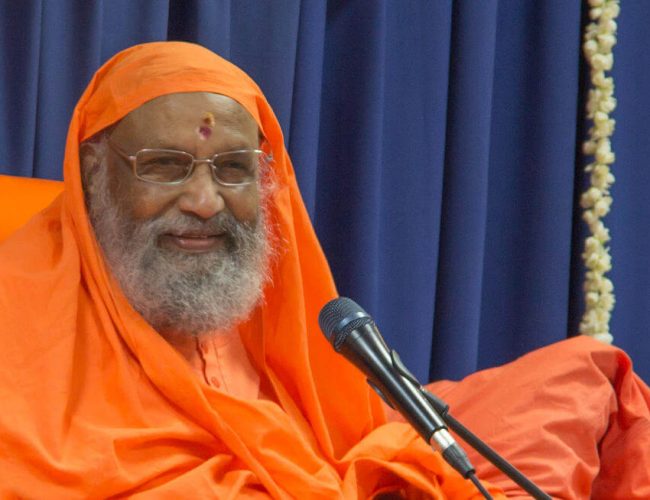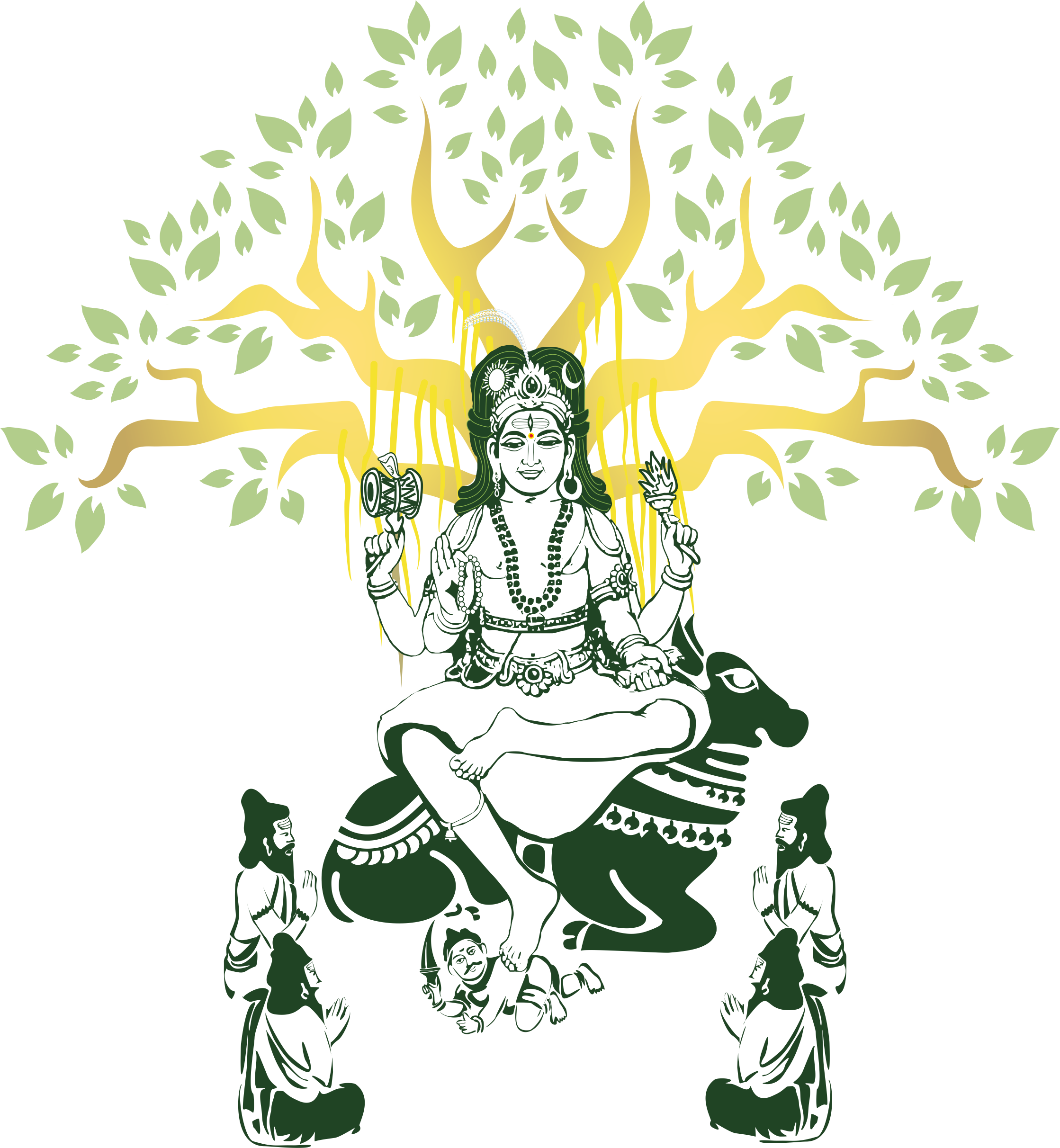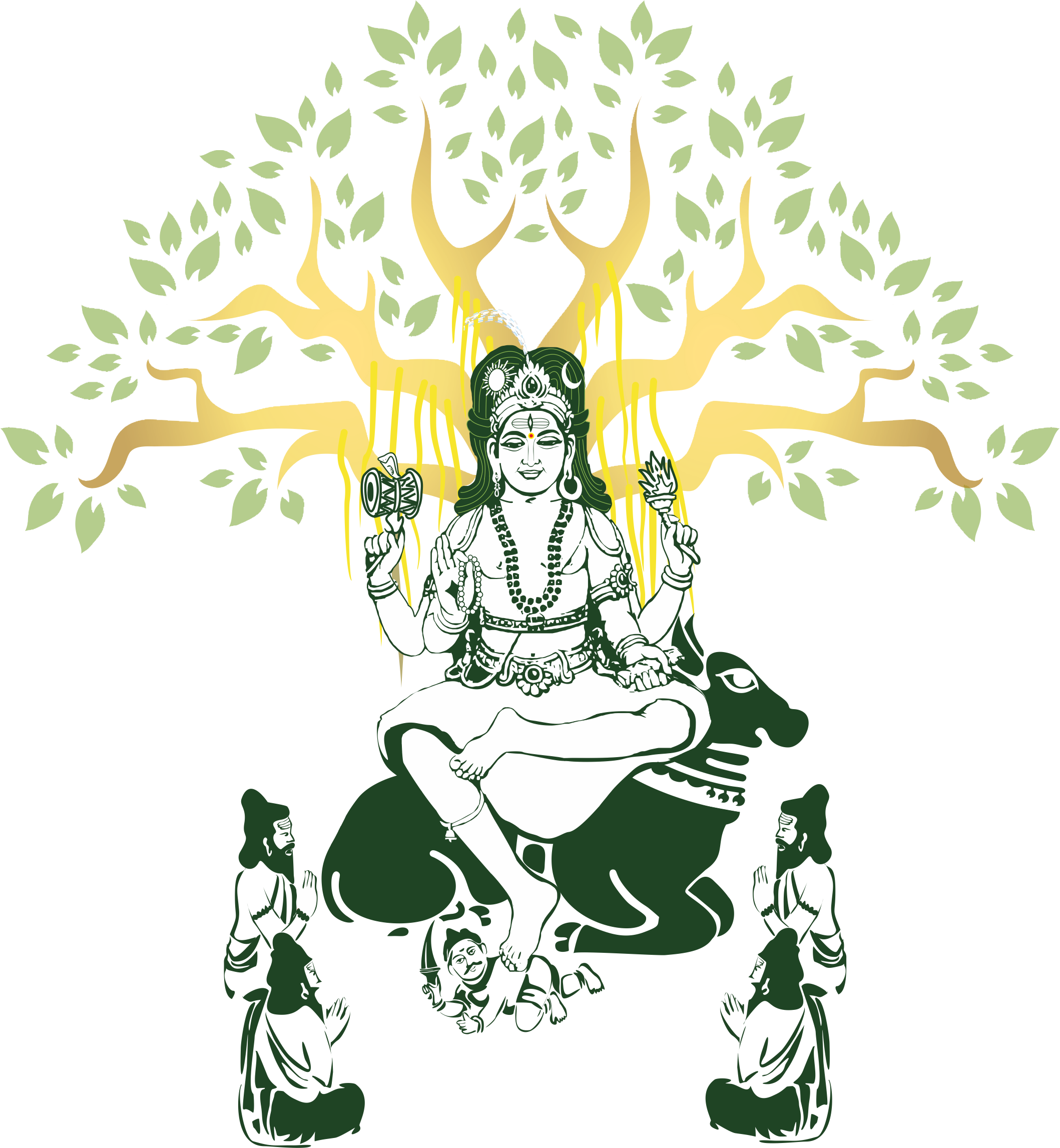What is the meaning of Life

If we take the word “meaning” to be “goal”, the meaning of life certainly cannot be death. If death is the goal of life, then I need not be born at all, the goal being my absence. If I was absent before I was born, I do not need to be born in order not to be. So, I cannot say that death is the goal of life.
Nor can I say that anything other than life itself is the goal of life. Therefore, the meaning or the goal has to be found within life itself. I would say that the meaning of life is just to live. Death happens, but is not the meaning of life. And, since the meaning of life is living, the next question becomes, what is living?
I cannot say I am alive when I am not alive to realities. Not to be alive to realities is dreaming, living a dream life, a false life, which is not living. Therefore the meaning of life must be to live a true life. Living is the meaning. Living implies a life of meaning, a life of truth, a life wherein realities are confronted.
To be alive, then, is to be alive to the realities of life, to the realities of my pursuits and my struggles. How desirable are the ends that I seek? To what extent are they able to provide what I want? Will they make me a happy and fulfilled person? In order for me to be alive to these realities, the ends that I seek must be examined and properly understood.
I must also consider the person who is struggling – me. How valid is it to struggle? Struggle implies a dissatisfied person, a self – dissatisfied person. How valid is this self – dissatisfaction? What is it that I am not satisfied with? Am I dissatisfied with my physical body? Am I dissatisfied with my parenting abilities? Am I dissatisfied with my skills? Am I dissatisfied with my mind, its thinking capacity, my memory, and my emotions? What is it that I am not satisfied with? If there is dissatisfaction, all of this has to be examined.
If the realities are not examined and I seek satisfaction, my seeking is meaningless. These crucial questions must be answered in order to find the meaning of life. I must have a grip over these realities. And If I am dissatisfied with myself, if all of these factors, or even some of the factors, that constitute me are not found to be satisfying, how can I remedy that situation?
Will the various ends I am pursuing help?
Do I even have any ends that are capable of altering the situation?
Even if we are dissatisfied with our bodies and their looks, or our minds, we do not spend all our time trying to change them. This is because we seek various other ends in life, also, such as power or money, fame, influence and control. Can we hope to change our bodies or minds with any of these ends? I do not think so. No one has done it so far. Suppose you try to change your body? How are you going to do it? And if you do manage to do it, how long will it last? Such pursuits are meaningless. You cannot hope to change the body for good because it has its own intrinsic limitations. Therefore, no one is going to satisfactorily change the body.
What does it mean to try to change the mind? Is it the mind that I am dissatisfied with? The problem is that I am dissatisfied with myself, not the body or the mind. If the body and mind are me, then there is no real way to change them. And if I am much more than the body and mind and am dissatisfied with myself, then I must look into what this self is. Because realities imply the one who deals with the realities – me, I must first have a grip over the reality of myself. Everything else comes later and will take care of itself. We must understand the realities of the world, too, but the meaning of life starts with me. I do not see any other meaning. Being born a child means my body is incomplete, not yet grown. Just as a bud has to bloom, a baby’s body has to grow to adulthood. Therefore, the meaning of this life may be to just live – to grow. Life continues, but first, as a human being with a child’s body, I have to physically grow into an adult. And since I have a thinking mind, I should probably have a certain discipline of learning – which is also growing. Therefore, growth itself would be the meaning of life. Once I have grown physically, I am considered to be an adult. Still, there is another area of growth called inner growth, emotional growth or moral growth, which is centered on my will. This growth, too, is the meaning of life. I have to grow until I find fulfillment. The meaning of life, then is to grow into a full, complete human being.
Obviously, maturity implies one’s estimation of oneself and one’s estimation of the world. If one feels persecuted by the world, that sense of persecution comes either from oneself or from the external world. If the world does not persecute me any more than it does anyone else, and yet I feel persecuted, then I should know that the sense of persecution comes from within myself. While this condition can be called mental illness, I call it emotional immaturity because the problem is a child’s problem, even though the person with the problem has an adult body and somewhat of an adult mind.
The situations experienced by this person are all adult situations. He or she is no longer protected by his or her parents, nor is any parental protection needed. The person is an adult – physically, biologically. He or she may already be married and a parent or a grandparent. Even so, the inner child still seems to have a hold over the person in that it governs his or her behavior and responses to the world.
What I am saying here is that something that happened to the person when he or she was a child has not been dealt with. The child’s perception is unavoidable. This problem is common to all; there are no exceptions. During a child’s development, he or she discovers an ego. In the second year of the child’s life, this ego is absolute. This is why the two year old is sometimes referred to as a Terrible Two. In the third year, however, the child discovers other egos – something that is very humiliating and humbling, also.
As a child, you find that your mother has her own ego and your father has his! Everyone around you has an ego and when you go to school you are surrounded by nothing but egos – all of which you find very confusing because you are coming out of an absolute ego. An absolute ego is like the Lord’s ego. Coming out of that ego, you find yourself in a state where you recognize all these other egos – without having any data to deal with them.
Discovering all of these conflicting ideas and minds is a very confusing stage of your development. There is also a natural fear. You feel threatened by everyone around you because they are all so big. You wonder, as did the school boy in Goldsmith’s Village Schoolmaster, how so much material could be coming out of the school teacher’s very small head. This is exactly the view of a child as he or she confronts the giants in the world, all of whom seem to know so much. The child does not know that these people are equally confused. He or she thinks that they are the ultimate in everything and looks up to them all, even though they, too, have to deal with their own childhood problems. If they have not dealt with them, then they necessarily carry a child within. A child’s father carries a child of his own, as does the child’s mother.
Therefore, each parent is both a child and an adult. This child – adult person is common to the whole society. In such a society, there are naturally going to be conflicting situations and the child has to deal with all of them. Based on these situations, he or she learns to trust the world too much or not to trust at all. A child who trusts the world too much may be taken advantage of, whereas a child who does
not trust the world, will think, “The world is always out to get me”. This response leads to problems that psychologists call character disorders.
A common problem is the feeling of guilt. A child whose parents fight all the time may think that he or she is responsible and feel guilty. Such conflicts create low self – esteem and lead to a kind of neurosis, a psychological problem that everyone has to some degree or the other. This disorder continues through one’s life, vitiating the adult’s perception, also.
When are you going to deal with this disorder? Unless you look at yourself, how are you going to deal with it? This is where emotional maturity comes in. You can resolve childhood problems by understanding the whole process, acknowledging all that has happened, and seeing the past that has been buried. You accept gracefully what has happened before, good or bad. To address problems that exist with reference to your past, is to have a certain maturity. It is a mature way of looking at your self. Then again, you look at the world in the same way. In fact, if you can gracefully accept your own past, then it is easy for you to accept the world, also. The world can just be. The mature way of looking at the world is to not want to control it. Nor can you control it. If you want to control the world, but feel that you cannot, you feel controlled.
You can act in this world, but you cannot have absolute control over it. One of the most predominant traits in people is that they attempt to control the world in various ways. This is what I call immaturity. What control do you have? You have none; you can only accommodate, understand and do what you can. You may have been given certain powers to do something – to understand, organize, reorganize, and put things together. Everyone has certain powers and, with these, you do your best. Accepting is not just swallowing; it is accepting a given situation as it is and doing what is appropriate to that situation. To do this is to gain a maturity that is emotional adulthood. This maturity can be further extended to cover a mature way of understanding values with reference to one’s interactions
with the world.
To begin asking such question as, “Why do I have no control?”, can also lead to an appreciation of īśvara, the Lord. We need not, of course, cover this by maturity, but it can be looked at it in this way also, in that acceptance of ḹśvara is another aspect of a mature way of living. I accept ḹśvara, the Lord, because I have no control. When I have no control, then I appreciate ḹśvara. There can therefore, be a certain surrender with reference to what has happened in the past and what will happen in the future. And I do what I can. If there is an appreciation of ḹśvara, there is an order, there is a meaning in life. Things are happening and, therefore, I accept what comes to me and do what is to be done.
I discuss this appreciation of ḹśvara under Karma Yoga, which can be considered to be a religious life. A life of religion is also a part of living a mature life, providing, of course, the religion is properly understood. ḹśvara is to be understood properly and, to the extent that one has this understanding, one has maturity. Emotional maturity implies an understanding of value structures and priorities. One’s priorities must be very clear with reference to values.
There are universal values and there are certain other values, such as value for money, power, name, influence, or control, which are also valuable but need not be universal. A person can be happy without money, for example, whereas values like speaking truth and not hurting others are universal values. There are a number of other universal values, like non-stealing, compassion, friendship
and service to others. These are all values that one values with reference to the behavior of others.
I want everyone to be friendly towards me, not to pose any threat to me, to help me when necessary, to speak only the truth to me. I do not want anyone to steal from me or lie to me. All of this I value. This means that I am very clear, absolutely ethical, in so far as other people’s behavior is concerned. About their behavior, I am absolute. (When it comes to my own behavior, however I have some problems). I also know that you expect the same behavior from me. This means that I have values, even though they
may not be understood properly.
The value of values is generally not understood, I know the values, I know what they are, but the value of each value has not been assimilated. In so far as the value of the values are concerned, I need to be educated. Either I have to educate myself or become educated with the help of someone else. If someone tells you to speak the truth, it is just so much preaching. You know very well that you should speak the truth. Similarly, no one needs to tell you not to steal. You know that very well also. You do not need to be
told not to steal because you, too, don’t want your property stolen by anyone. In this way, these universal values are all known to you. A preacher of values is therefore immature and the one who receives the preaching, the one who nods his or her head, is, of course, also immature.
Why should I not steal? What exactly is the value of non-stealing? How does it really affect me when I steal or hurt someone? Do I lose anything? Only if I have something to lose is it a value. Otherwise, it is not. For something to be a value, I should lose something when I go against it. I must be the loser, not the other person. My realization of the immensity of the loss when I go against a value is what makes me mature.
To the extent I appreciate the loss, I am mature, which implies education. I have to know the value of values. If the value of the values is not clear to me, then I will have greater value for the other incidental values, like money, power, and so on. Because these other values are so well assimilated, I will have problems of priority in terms of which values are to be followed. For example, should I speak the truth and lose the money I would get by telling a lie? Or should I tell a lie and get the money? Obviously, I have a conflict about what to do and will definitely do whatever is dearer to me. If money is dearer to me than speaking the truth, then value-education has not
taken place.
If we analyze this particular priority issue, we find, again, a lack of maturity. In terms of values and emotional management, there is immaturity. As you begin to address this problem, there is a maturing, an attempt to mature. Otherwise, you remain immature, even though you reach the age of ninety or one hundred.



